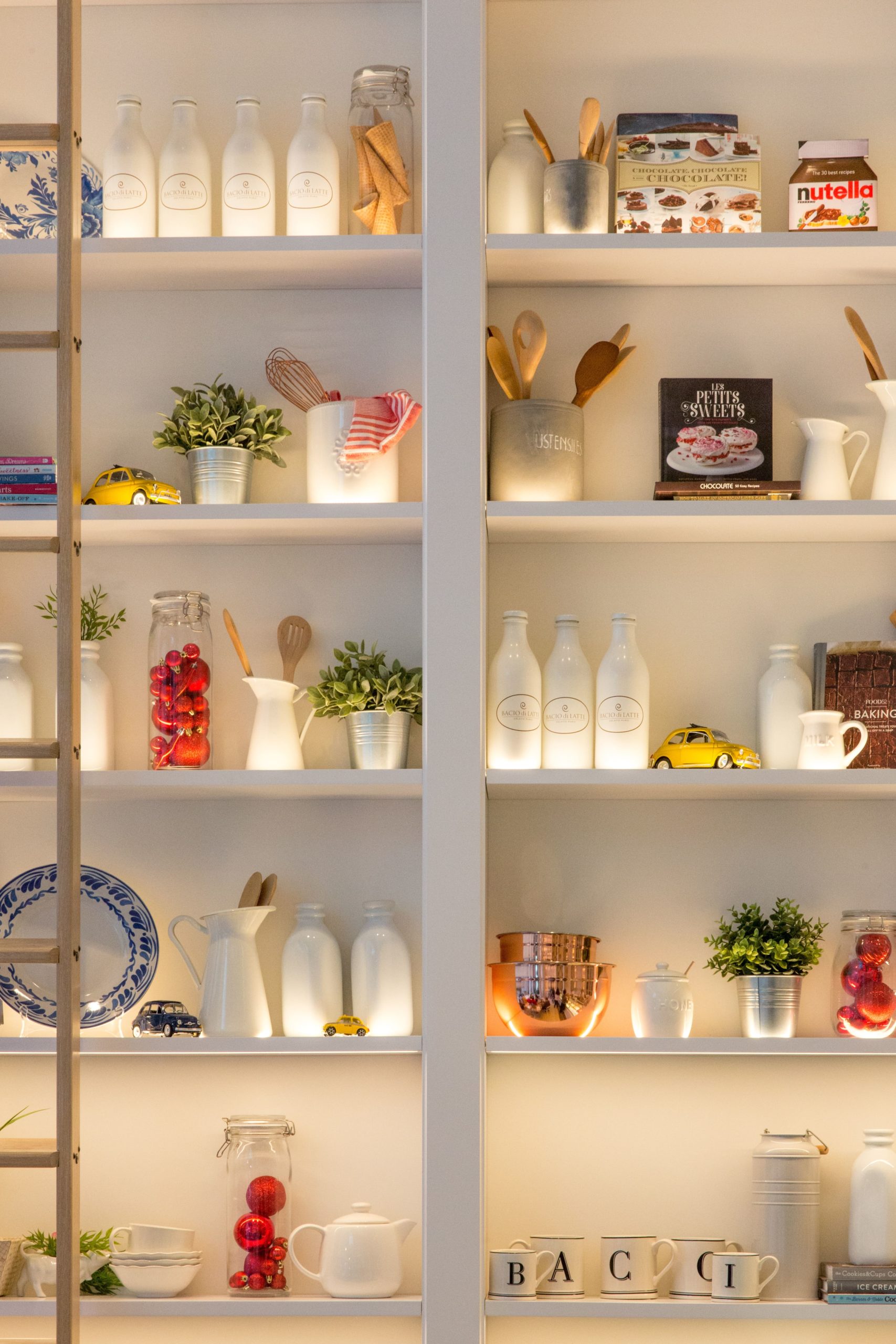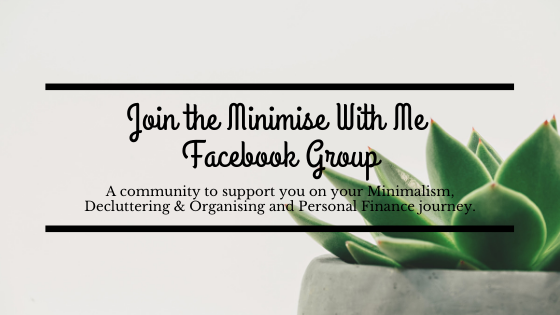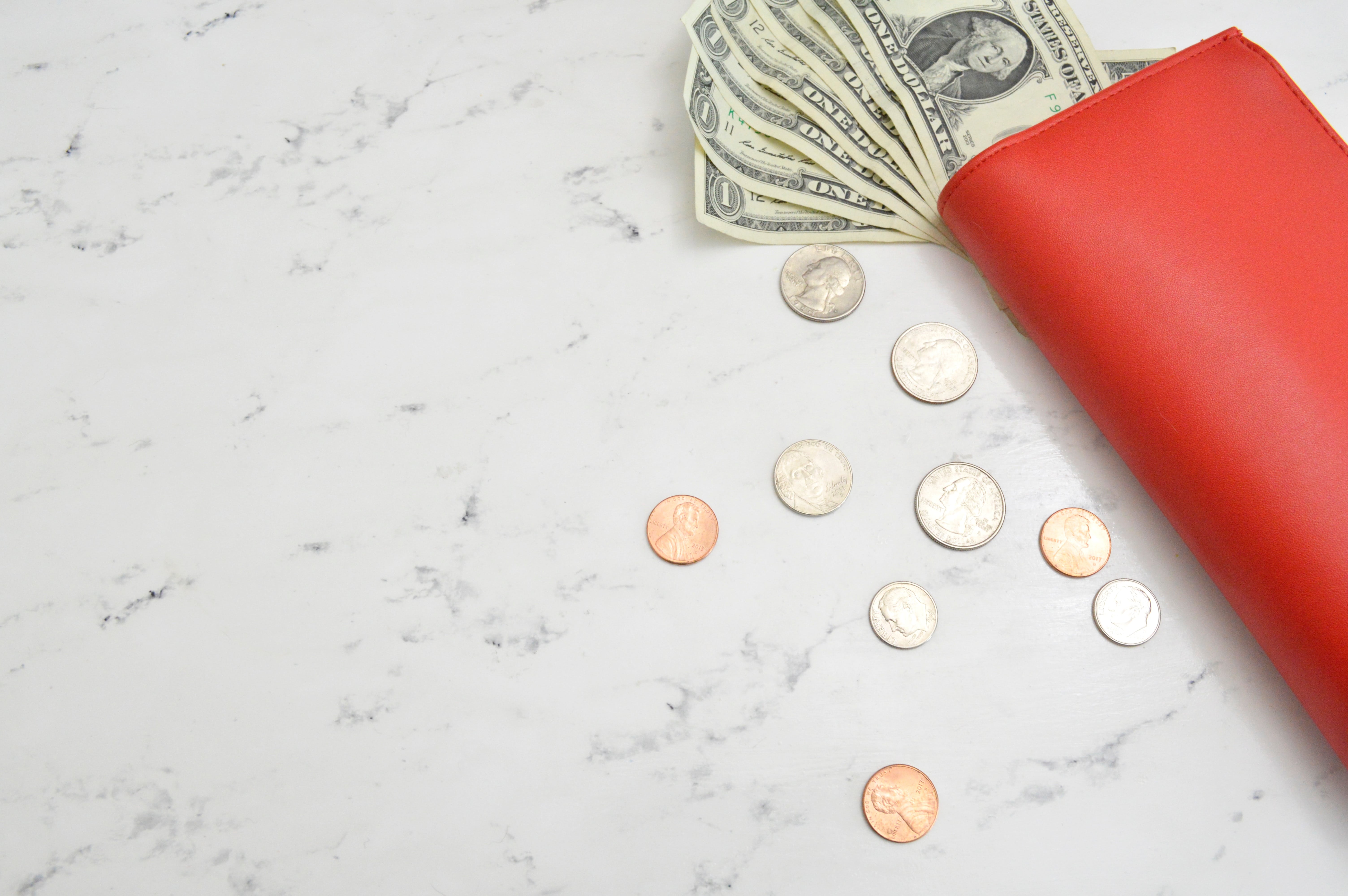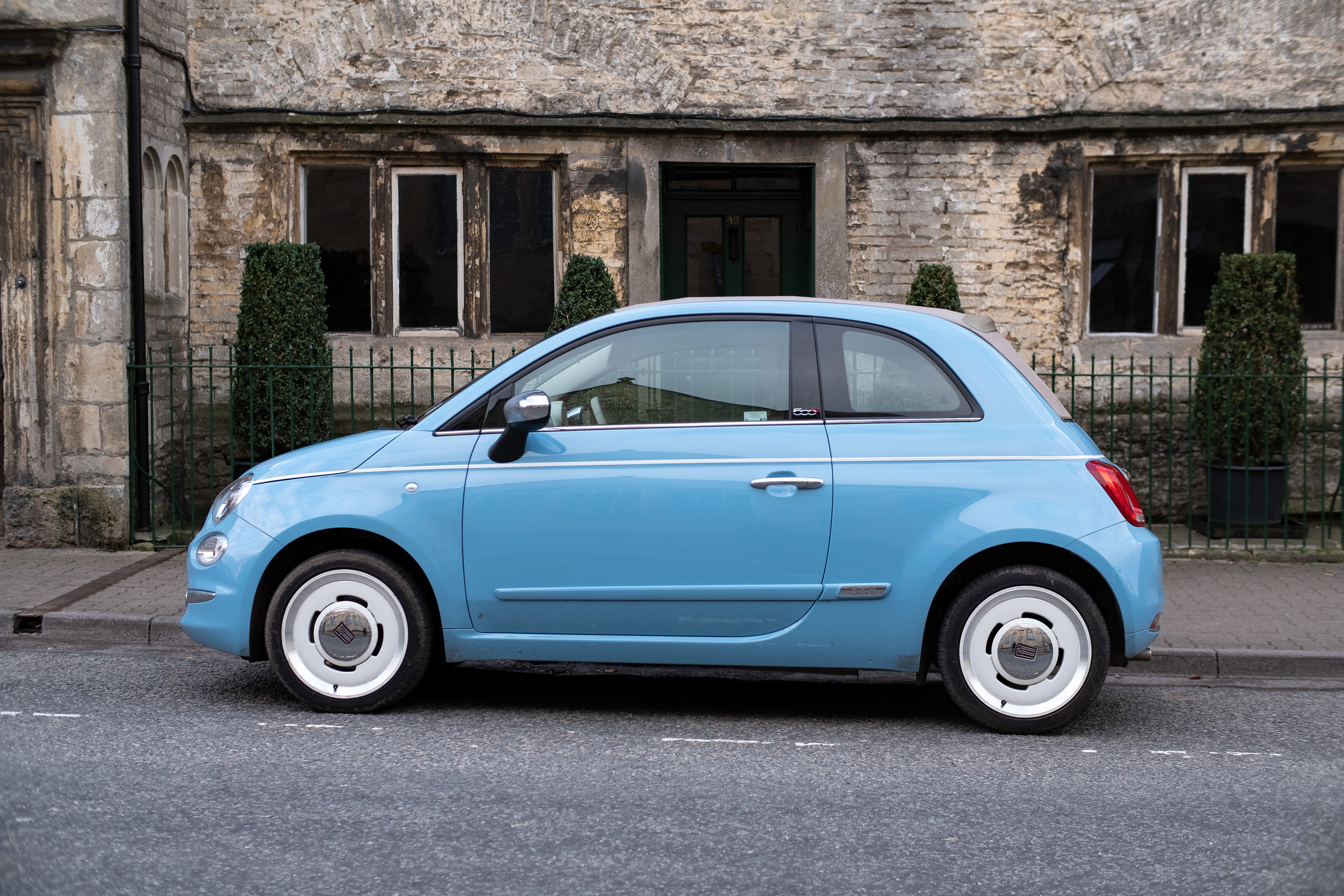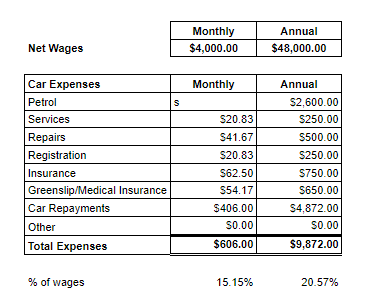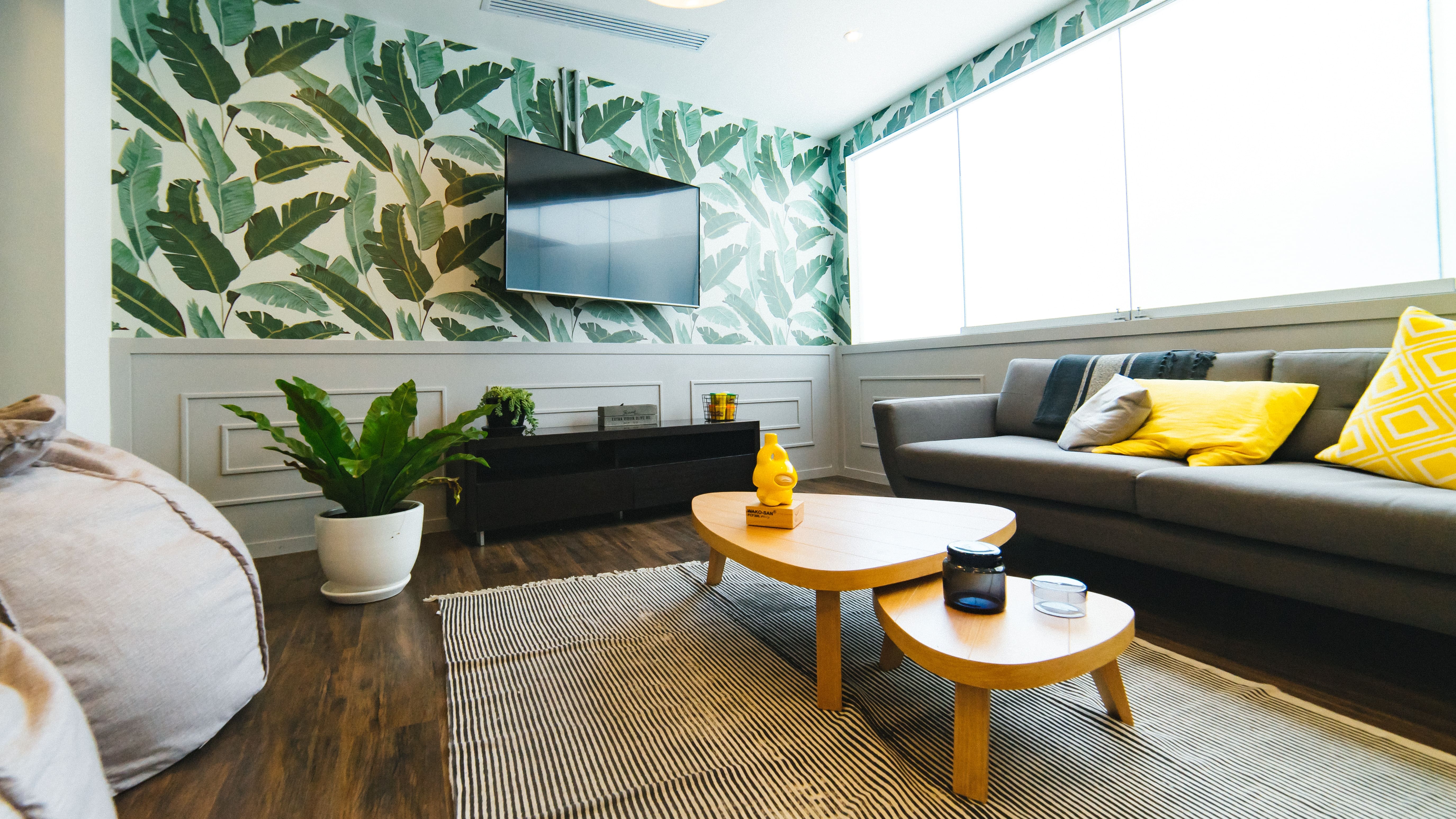If your grocery budget is getting completely out of hand, it might be time to reconsider your grocery shopping habits.
You may not realise how big your monthly grocery budget is if you haven’t sat down to crunch the numbers. You might think you are only spending a small amount only to find you are blowing $1000 a month on food! If you are a large family, that might be a necessity, but if you are a smaller household, and you waste a lot of food, that is some serious cashing going down the drain! Not to mention the environmental cost of all that food going to landfill.
If you want to save some serious cash in your budget, a great place to start is with your grocery bill! And that best thing is, adjusting this area pays weekly dividends – every time you shop!
Check out 6 Tips on How to Drastically Cut Your Grocery Bill, without feeling like you’re missing out on the good stuff!
6 Tips on How to Drastically Cut Your Grocery Bill
1. Meal Planning
Meal Planning was one of the first habits I implemented in order to cut my grocery bill. If you haven’t given Meal Planning a go I urge you to start today! I am not kidding when I say this, for me learning how to Meal Plan was a huge game changer. I went from stressing over what to cook every meal, and spending more money on groceries than we needed to, to buying just what we needed and knowing in advance what we needed to prepare, take out of the freezer and cook. A nice bonus for this Zero Waste enthusiast was that we also reduced our food waste.
When we stopped buying more than we needed to eat in a week we saw the savings instantly. And the greatest part is those savings are in our bank account every week!
And it does take a little getting used to, as all new habits do, but once you are in a routine it becomes as normal as brushing your dishes! Make sure you set yourself one day a week (or whatever suits you!) to dedicate time to meal planning. For more tips on how to get started Meal Planning check them out here. And you can grab Your Weekly Meal Planner Printable from my store to get you started. You can even laminate it and write on it with white board marker to reuse!
2. Changing my stockpiling ways
Like your average shopper, I too, used to stockpile groceries. I remember one day my husband and I came home to unpack the groceries only to find we’d grabbed another two cans of corn when we already had 4 in the cupboard. I must say this was about the time I knew something had to change.
After discovering mininalism and decluttering over 50% of our stuff, I was keen to minimise the excess stuff we had to store in our kitchen, bathroom and laundry cabinets. Everything in our home was under review! Even the cans of corn.
In order to further cut my grocery bill, I began to only shop for what I needed for the week ahead. If I had enough dish washing tablets to last me until my next shop, I didn’t put them on my list. If I ran our of washing powder, I knew that I could easily grab some on my lunch break at the shops if I was really that desperate, or just wait for the weekend when I did my weekly shop.
Eventually I got used to buying things Just in time and realised that I didn’t need to keep so much on hand. This might not be ideal for you if you live rurally, or you have a large family, but for my family of 2 it worked perfectly for us and can be adapted to your needs! The key is to not buy in excess and don’t just fall for those sale signs! Be rational! If you have 6 months worth of dish washing liquid and you’ve got more bottles in your hands, put them down!
3. Taking notice of how often we needed things
Have you ever seen something on sale and proceeded to buy what you might not realise was a year or two years supply? It might surprise you to know that you probably have done this at least once, more than likely many, many times.
For me, I used to pick up a new lip balm or hand lotion every other shopping trip. And when deodorant or conditioner was on sale I’d grab a whole bunch of those as well. When I started decluttering our home, it became extremely obvious as I worked my way around our home how much of these items I had stockpiled. And so, I made myself use them up before buying anymore. The funny thing about this was it took me a good 1-2 years before I needed to buy a single lip balm or hand lotion. It really opened my eyes to how long your stuff lasts and how infrequently you need to buy them!
One toothpaste can last you a good six months. One can of deodorant for three. And eye shadow palette can last you 1-2 years. So the next time you run out and buying your favourite toiletries and beauty products, take a second and consider if you have just bought a years supply and if you really need to buy that all today or if 2 would be enough until the next sale. Be rational! If you have 6 months worth of dish washing liquid at home and you’ve got more bottles in your hands, put them down! They aren’t going anyway from that stores shelf and will be there when you need them next time!
4. Sticking to the brands we loved
As I decluttered our home, I realised a lot of the stuff I wanted to throw out were items bought on impulse. Something new I saw in the store that I bought to try, only to realise I didn’t like the product at all, and after one or two uses, it would sit in the back of the cupboard unused as a reminder of why I shouldn’t impulse buy. You may not realise it, but these little ‘nagging’ bottles and the like, can really get to you. Particularly if they are getting in the way of you trying to reach things you do need.
And so I decided to ensure that in future we would just buy what we loved. It was okay to spend more on something we would love and that added value to our lives.
And I know what you are thinking? But the more expensive stuff I love, is going to cost me more, not save me money – right? As I mentioned above, after realising how long our beauty and other products lasted it really didn’t cost us more to buy these things as we stopped wasting our money on things that we didn’t love or need. We made sure to only buy what we loved, and what we needed, when we needed it. At most we would keep one or two spare items in one small container, we had designated for back up stock. That’s it. And by buying what we knew we would love and use, we saved money on buying random new items that were only going to end up in the bin.
5. Only Grocery Shop With a Shopping List
If you are hitting the supermarket with no list, you are more than likely throwing away hundreds of dollars of your hard earned cash every month. By making a rule, that you will only shop for groceries with a list in hand you can save yourself time and money. Armed with your list you can walk past the beauty aisle, knowing perfectly well that you already have shampoo in your bathroom vanity, or that you have plenty of mince in the freezer and don’t need to grab more. This helped us reduce impulse purchases in store and will help you cut your grocery bill.
If foundation or that bag of chips isn’t on the list, you shouldn’t be in the make up or chip aisle! This is a great method to help you set boundaries and resist the temptation of impulse buys. And I think we can all use any help we can get when it comes to our shopping cruxes!
We also made a habit of writing out our shopping list as we went, so as the coffee or milk ran out, it went on our shopping list, ready to grab before we hit the shops. Make sure you put it in an easy to see place like your fridge, so your family can add to it as things run out.
6. Do regular Fridge, Freezer and Pantry reviews
If you are shopping ‘blind’, that is, without even checking what you have in your house before you leave for the grocery store you are doing it backwards! Before you run out the door, give your pantry, fridge and freezer a once over and see what you do and do not need to replenish. This will only take you five minutes, but can save you from coming home with groceries that you do not need. Not to mention your sanity, so you don’t have to have a disorganised and overflowing pantry!
Have a think about what you need to use up in these spaces before it goes out of date. Ask yourself, do you have excess pasta you need to use up, or some frozen pizzas you need to clear out of the freezer, and plan your meals around those.
For more Tips on how to save money with your Grocery Budget check out 15 Tips to Reduce Food Waste and 10 Easy Tips to Save Money on Your Groceries Budget
Photo by Jason Leung on Unsplash
This weeks comment question: How did you cut your grocery bill? I would love to know what strategies you have implemented for your family and what worked for you!
If you found value in this post I would be super appreciative if you could share it with others who might also find value in it 🙂
![]()

